'Everyone relies on caste to win elections in Bihar.'
M I Khan reports from Patna.
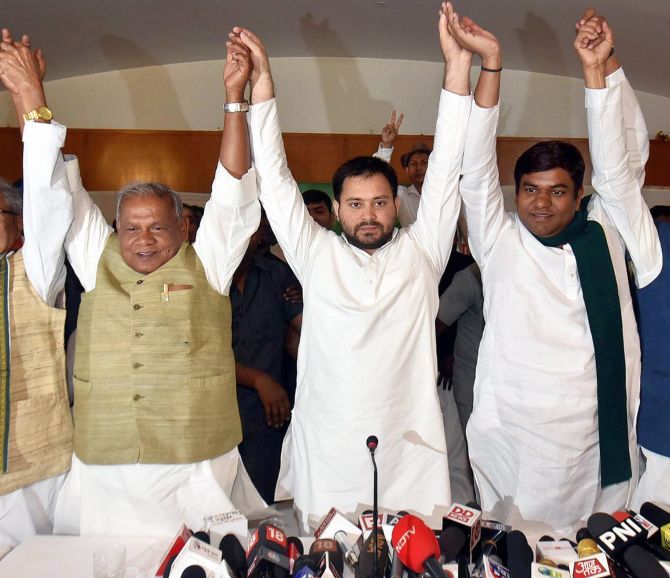
Caste is more important than Hindutva, nationalism or unemployment in Bihar politics.
Caste equations play a major role in deciding candidates and their eventual fate at the ballot box.
Caste is a winnability factor, accepted in this Lok Sabha election by all parties including the ruling National Democratic Alliance's Bharatiya Janata Party-Janata Dal United-Lok Janshakti Party and the Opposition mahagathbandhan (grand alliance) of the Rashtriya Janata Dal-Congress-Rashtriya Lok Samta Party-Hindustani Awam Morcha-Vikasshil Insan Party.
Even the Left, who claim not to play the caste card, has accepted this factor.
Taking caste as a deciding factor to make or mar prospects in the Lok Sabha election, political parties in Bihar have taken care to field candidates to suit the caste equation on the ground in different constituencies.
The NDA and mahagathbandhan have fielded more candidates from the dominant upper castes -- Rajputs and Bhumihars -- Other Backward Classes like the Yadavs, Muslims and Dalits.
The NDA has fielded two Muslim candidates, one each from the JD-U and the LJP.
The mahagathbandhan has nominated six Muslim candidates -- four from the RJD and two from the Congress.
Muslims constitute over 16 per cent of Bihar's population.
The BJP has fielded 10 candidates from the upper castes of the 17 seats allotted to it.
It has fielded five OBCs, one from the economically backward class and a Dalit for the Lok Sabha poll.
If the BJP's primary focus was upper castes, considered its traditional supporters, its ally, the JD-U, has fielded more candidates from the OBCs, EBCs and Dalits.
The Nitish Kumar-led JD-U has fielded six OBCs and an equal numbers of candidates from the EBCs, two upper castes, two Dalits and one Muslim from its quota of 17 seats.
Union Minister Ram Vilas Paswan's LJP has fielded three Dalit candidates (Paswan's brothers and son), two upper castes and one Muslim candidate.
The mahagathbandhan, which has announced 32 out of 40 candidates so far, has given 16 seats to the Muslim-Yadav combination.
"Of the 19 seats the RJD is contesting, the party has given 12 seats to Yadavs and Muslims, considered its traditional support base. The RJD has also decided to support another Yadav candidate Raju Yadav of the CPI-ML. The RJD has played its old card of MY (Muslim-Yadav) in this poll too," points out Ranjeev, a social activist.
Upendra Kushwaha's Rashtriya Lok Samta Party -- a constituent of the mahagathbandan this election -- has given one of its five seats to a Yadav nominee.
"There are several factors, but caste is more important. The party has to decide candidates and keeping this in consideration," says a RLSP leader.
"Caste is a reality," says a JD-U leader, adding, "elections strategies are made to consolidate caste equations to win elections. Everyone relies on caste to win elections in Bihar. Elections cannot be won on mere drumming of vikas (development) alone, caste cannot be ignored."
The BJP is confident of the support of upper caste voters along with non-Yadav OBCs like Nitish Kumar's Kurmi caste, EBCs and Dalits.
"The BJP and JD-U are banking heavily on the EBCs, who constitute nearly 30 per cent of the state's population and the scheduled castes, who constitute 15.7 per cent," an NDA leader says.
The NDA is also trying to dent RJD chief Lalu Prasad's Yadav vote bank.
In the 2014 Lok Sabha election, Ram Kripal Yadav, one of Lalu Yadav's closest aides who fell out with him, was nominated as the BJP candidate from Pataliputra and inducted as a Union minister after he defeated Lalu's daughter Dr Misa Yadav.
In 2016, the BJP appointed Nityaand Rai, a Yadav, as state party president.
Earlier, the BJP appointed another Yadav, Bhupender Yadav, as the party in-charge of Bihar.
Yadavs constitute nearly 14 per cent of Bihar's 110 million population.
Yadavs are considered not only loyal to Lalu, but are a strong force to counter upper caste dominance in the state.
In Bihar's caste-driven politics, the BJP is aware that other backward castes like the Kurmis are solidly behind Nitish Kumar unlike the Koeris or Kushwahas.
In the 2014 Lok Sabha election and in the 2015 Bihar assembly poll, Narendra Damodardas Modi tried to convince Bihar voters that he hails from a extreme backward caste. It is a different matter that there is no EBC category in his home state Gujarat unlike Bihar.
"It was seen as a desperate move to woo the backward castes, EBCs, Dalits and Mahadalits to ruin Lalu's aggressive social support base," says CPI-M leader Manoj Chandravanshi.
The JD-U is banking on Nitish Kumar's development card and his social engineering of non-Yadav backward castes, extreme backward castes, Mahadalits.
"Nitish Kumar's social support base is silent and not aggressive like the RJD," says JD-U spokesperson Neeraj Kumar.
Ranjeev, the social activist, points out that in the 2014 Lok Sabha election, former government officers, including those from the elite Indian Administrative Service, kept caste considerations in mind while choosing the constituency to contest the poll.
R K Singh, a Bihar cadre IAS officer and former Union home secretary, contested the Ara seat as a BJP candidate.
For Singh, a Rajput and native of the state's Supaul district, Ara was considered a safe seat with a strong presence of his caste and other upper castes.
Ranjeev also cited the example of former Bihar police chief D P Ojha who contested the 2004 Lok Sabha poll from Begusarai, considered a citadel of his Bhumihar caste.
Ojha, an iconic police officer for his aggressive stand against organised crime, particularly then RJD MP Mohammad Shahabuddin, won just 5,000 votes as an Independent candidate.


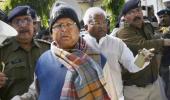
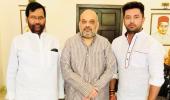




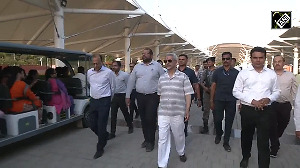
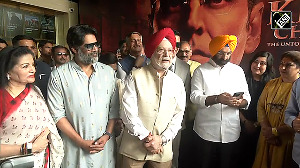

 © 2025
© 2025